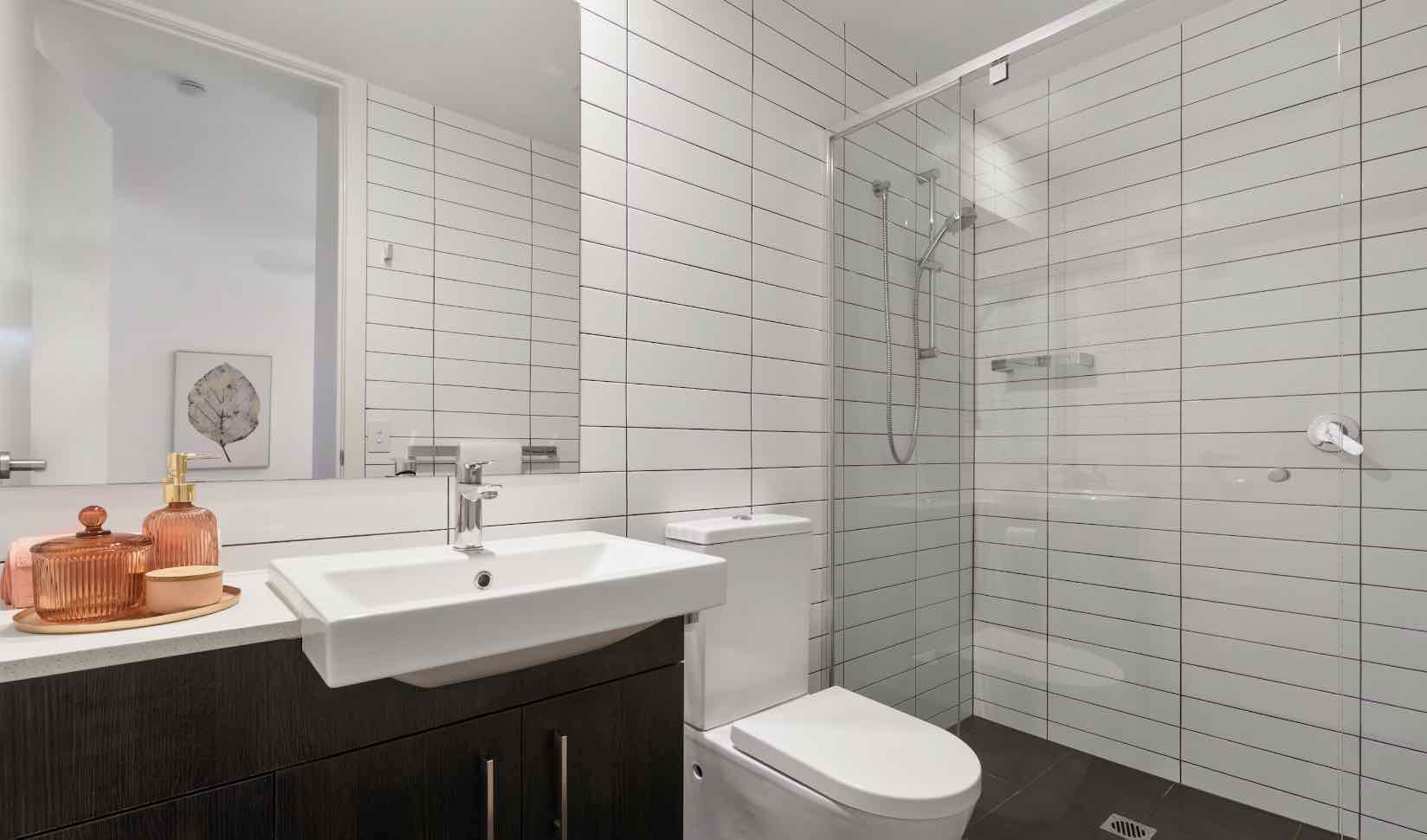
01 Sep Sump Pumps: The Unsung Hero of Water Damage Prevention
Water damage can wreak havoc on both your home and your wallet. While the traditional advice usually focuses on issues like drainage systems, roof repairs, and regular inspections, the sump pump often escapes the spotlight. Is this humble device really a game-changer when it comes to preventing water damage? Let’s dig into its potential and explore some innovative ways to maximize the role a sump pump can play in keeping your property dry and intact.
What Does a Sump Pump Do?
Traditionally installed in the lowest part of a building, usually the basement, a sump pump’s main job is to redirect water away from the property. It works by collecting excess water in a sump basin and pumping it out, thereby mitigating the risks associated with water accumulation. The goal is to prevent flooding and, by extension, water damage.
How Can a Sump Pump Prevent Water Damage?
- Immediate Response to Flooding: The sump pump activates automatically when it senses water, quickly reducing the risk of flooding.
- Mitigation of Mold and Mildew: By keeping the basement dry, the sump pump indirectly prevents the growth of mold and mildew.
- Protection of Foundations: Excess water can weaken the structural integrity of your home. The sump pump helps protect the foundation by reducing water pressure.
Fresh Perspectives on Sump Pumps:
- Smart Sump Pumps: Imagine receiving a notification on your smartphone if your sump pump detects excess water or malfunctions. Smart sump pumps make this possible, providing you with real-time updates and even allowing you to control the pump remotely.
- Battery Back-ups: Traditional sump pumps are electric and may fail during a power outage, precisely when you might need them most. A battery backup system ensures your pump keeps running, even when the power doesn’t.
- Zoned Approach: If your property is large or multi-leveled, consider installing multiple sump pumps in different zones. This ensures comprehensive water damage prevention.
- Insulation Covers: Specialized insulated covers can make sump pumps more effective in colder climates, preventing freezing issues and making the pumps more energy-efficient.
Expert Advice:
- Regular Maintenance: A sump pump is not a ‘set it and forget it’ device. Quarterly maintenance checks are essential to ensure its optimal functioning.
- Quality Over Price: While it’s tempting to opt for cheaper models, investing in a high-quality sump pump can save you money in the long run by being more reliable and efficient.
- Professional Installation: For maximum effectiveness, consult with professionals who can assess the unique water risks associated with your property and advise on the best type and placement of sump pumps.
Key Takeaways:
- Incorporate Technology: Upgrade to a smart sump pump for real-time monitoring and peace of mind.
- Be Proactive: Regular maintenance and professional consultations can keep your sump pump in prime condition.
- Think Holistically: A sump pump is a key player, but it’s not a silver bullet. It should be part of a broader water damage prevention strategy that includes proper drainage, regular inspections, and structural maintenance.
Conclusion:
The sump pump might be one of the most underrated heroes in the fight against water damage. Though often overlooked, its role is crucial, and when leveraged correctly, it can be a real game-changer. By modernizing your approach with smart technologies, backup systems, and professional advice, you can elevate your sump pump from a passive fixture to an active, reliable guardian against water damage. It’s time to give this unsung hero the recognition and attention it rightfully deserves.
